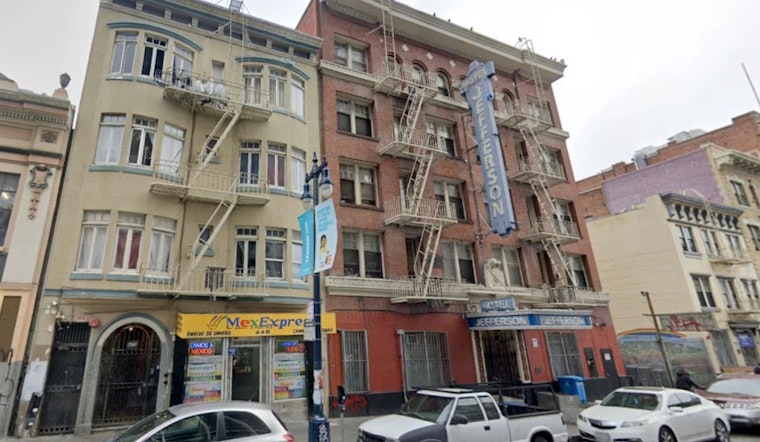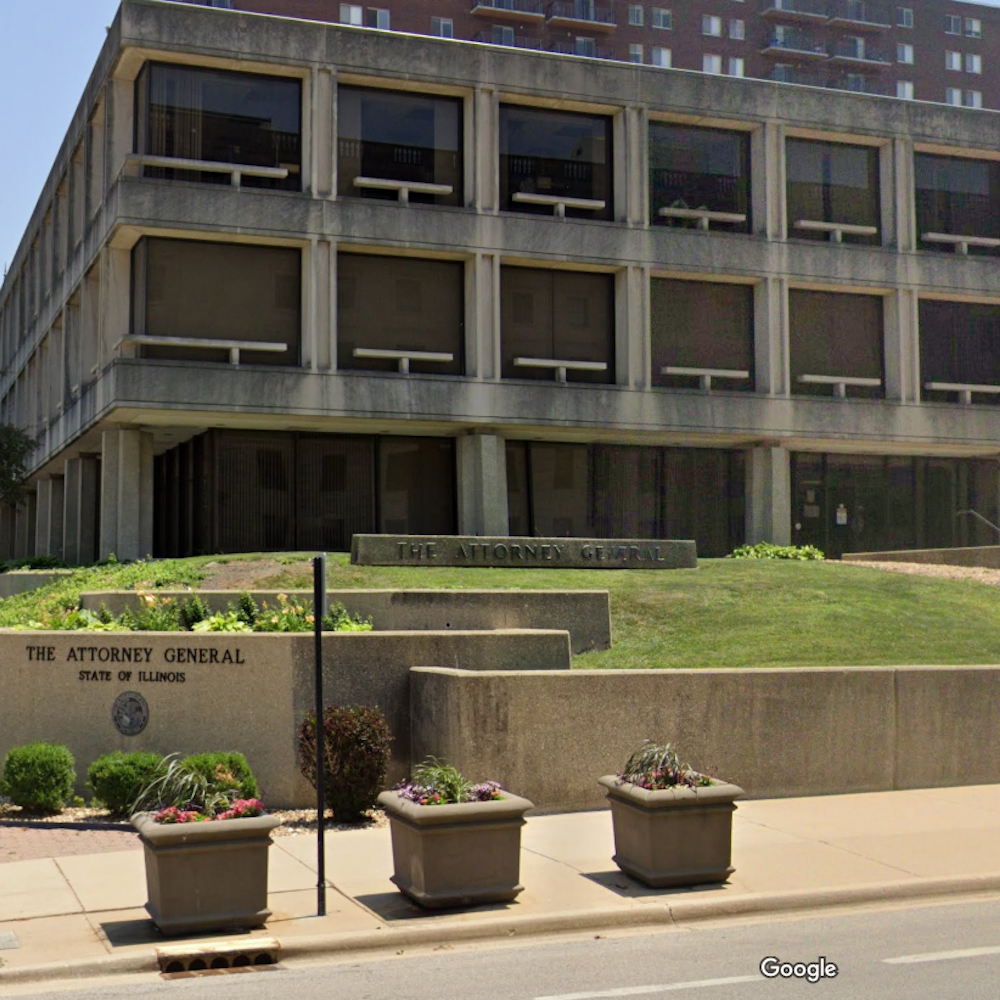
San Francisco is seeing a modest improvement in filling its long-vacant supportive housing units, with the vacancy rate dropping from a high 11.5% to a somewhat less troubling 7.8%, according to SFist. This means that instead of over a thousand units lying fallow, only 730 remain unoccupied, a bitter fact given the thousands of homeless on the city streets clamoring for a roof over their heads.
While the decrease in vacancies is hopeful, the problem is far from resolved, with certain buildings in Tenderloin—mostly single-room-occupancy hotels (SROs)—remaining stubborn holdouts. These properties have inordinate vacancy rates, leaving the city scrambling to find solutions. In a report uncovered by The San Francisco Chronicle, a small cluster of roughly a dozen buildings account for a third an total empty units.
The complexities of the issue run deep; the high vacancy rates are exacerbated not only by red tape and slow bureaucratic referral systems but also by some rooms being utterly uninhabitable, notes the San Francisco Chronicle. Many units are subject to mismanagement and neglect, with nonprofit operators failing in maintenance and repairs. On-site support for tenants is also lacking, contributing to the spiral of vacancies.
Tenants and advocates alike speak to the direness of the situation. "This building is a toilet. I’m trying to find a place where I can live like a person with some dignity," Raiford Houston, a tenant at Seneca Hotel, told the Chronicle. And for those like Ronnie Payton, who stated that "I’d rather stay in a tent than go to an SRO," the sentiment underscores the gravity of the living conditions within some of these units. Meanwhile, the city's Department of Homelessness and Supportive Housing (HSH) aims for more reasonable vacancy rates, looking to streamline the move-in process and tackle buildings with disproportionate emptiness.
Progress has been made, according to HSH Deputy Director Emily Cohen, who noted that the city is now much closer to achieving its goal of a 7% vacancy rate by February—an aim that Supervisor Dean Preston suggests should be pushed to a more ambitious 5%. As part of the strategy, Cohen highlighted efforts to make older properties more "attractive" and to simplify the paperwork process for speedier tenant placements. Despite the heat of the moment, San Francisco inches towards balancing its goal of putting a roof over every head that needs one.







-1.webp?w=1000&h=1000&fit=crop&crop:edges)

